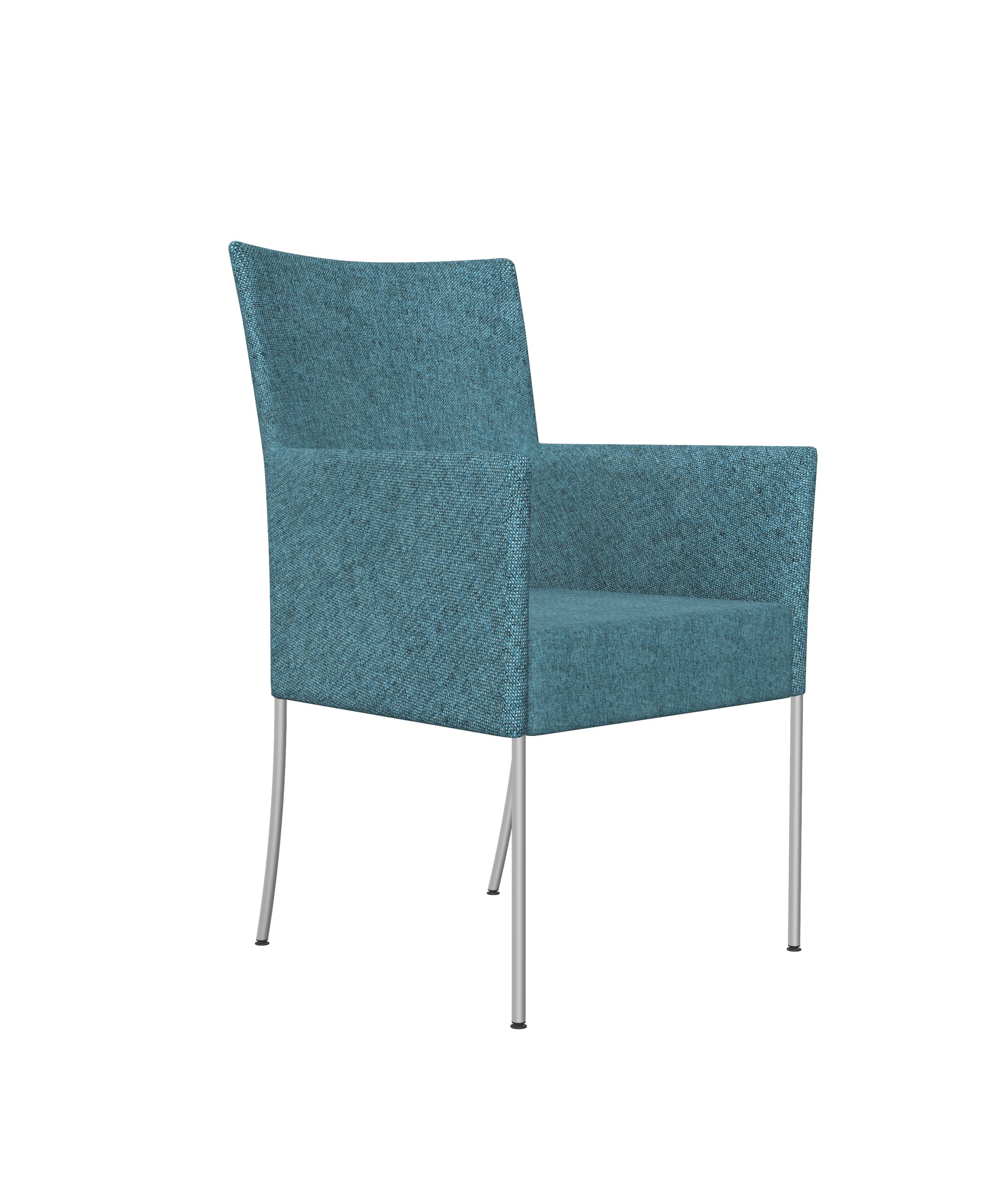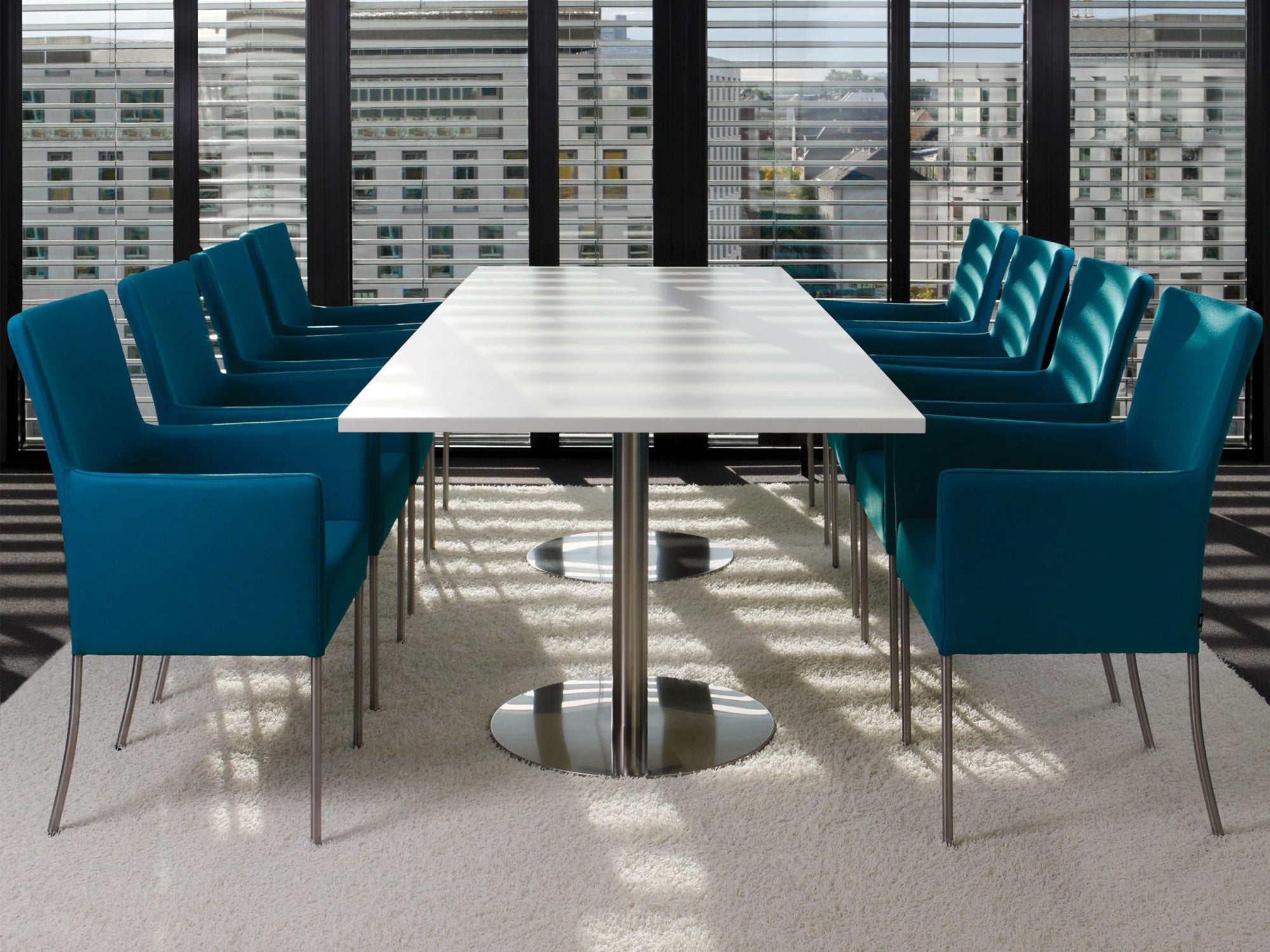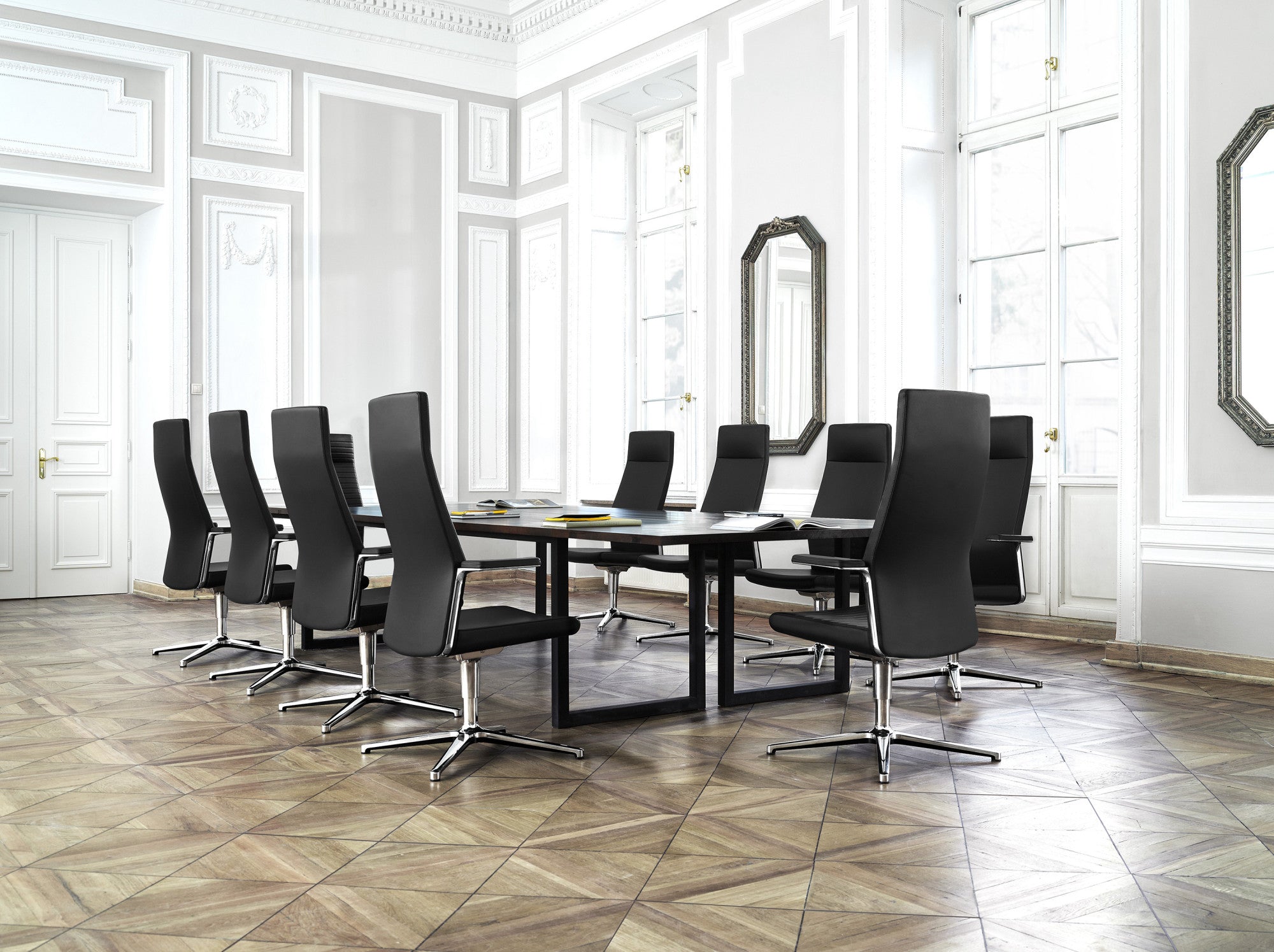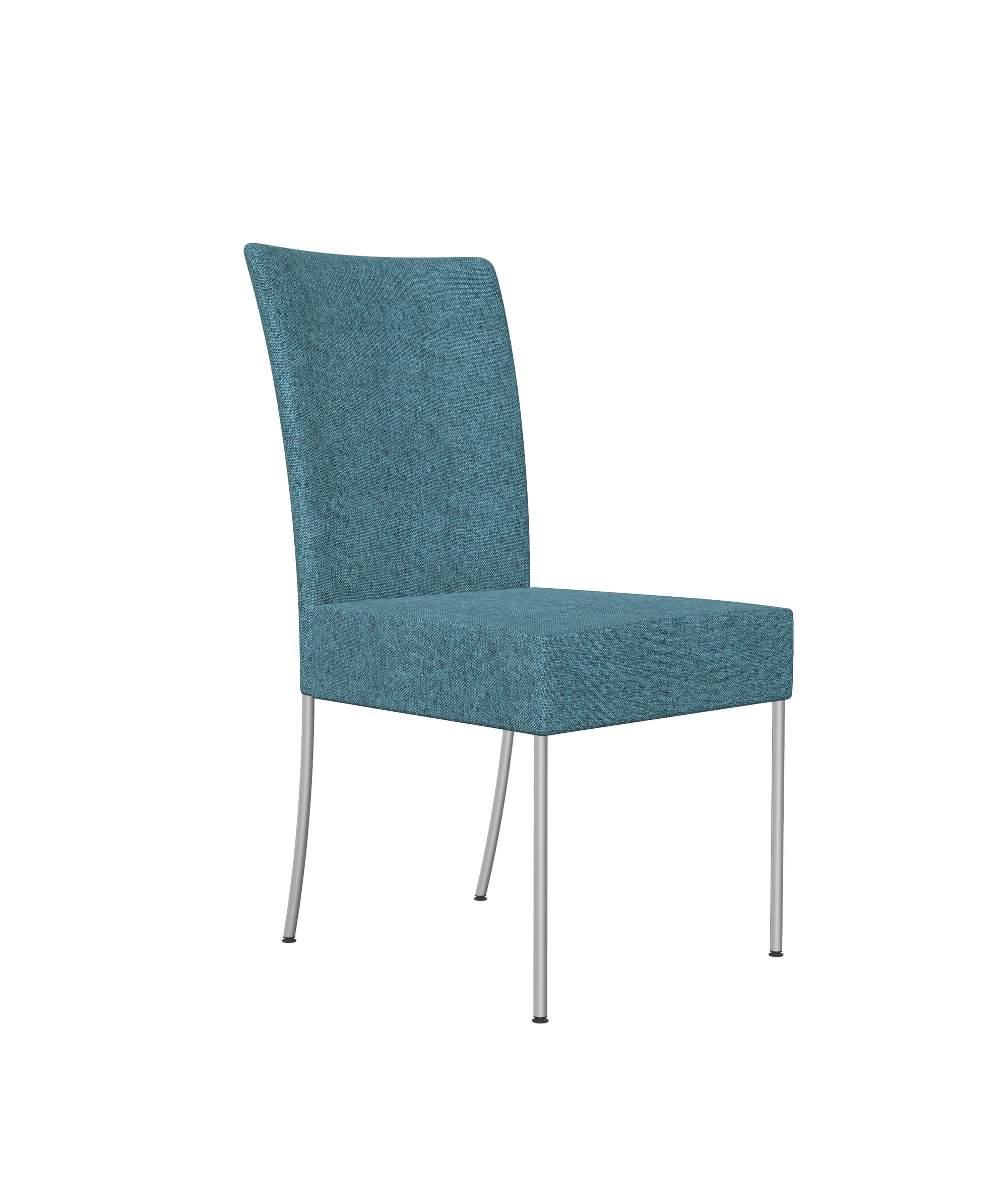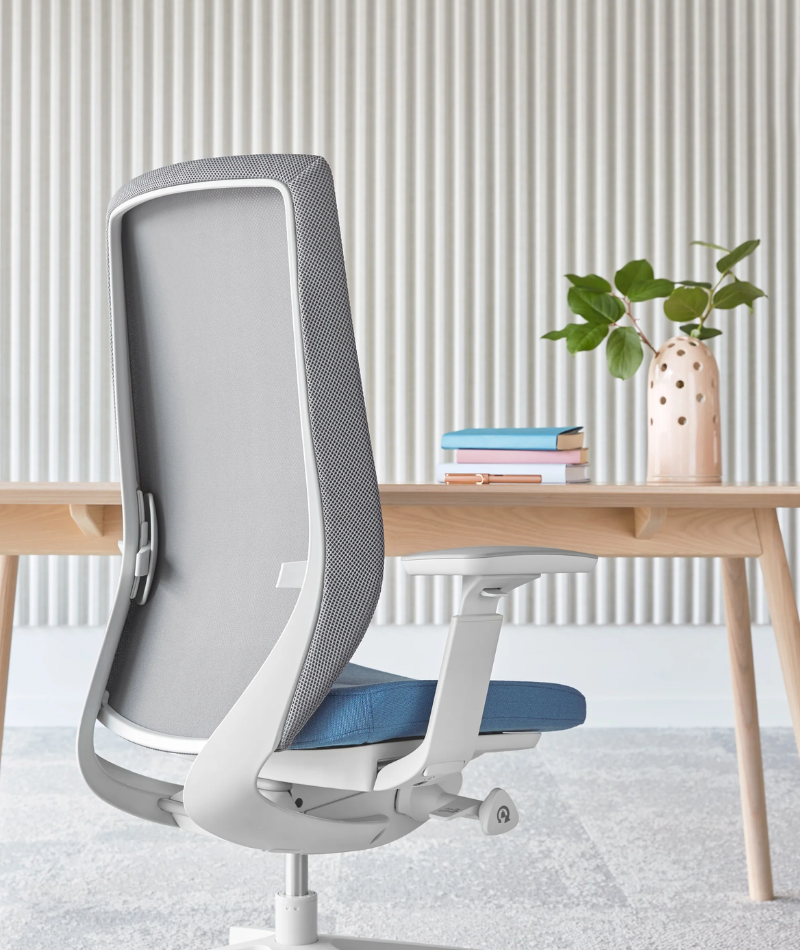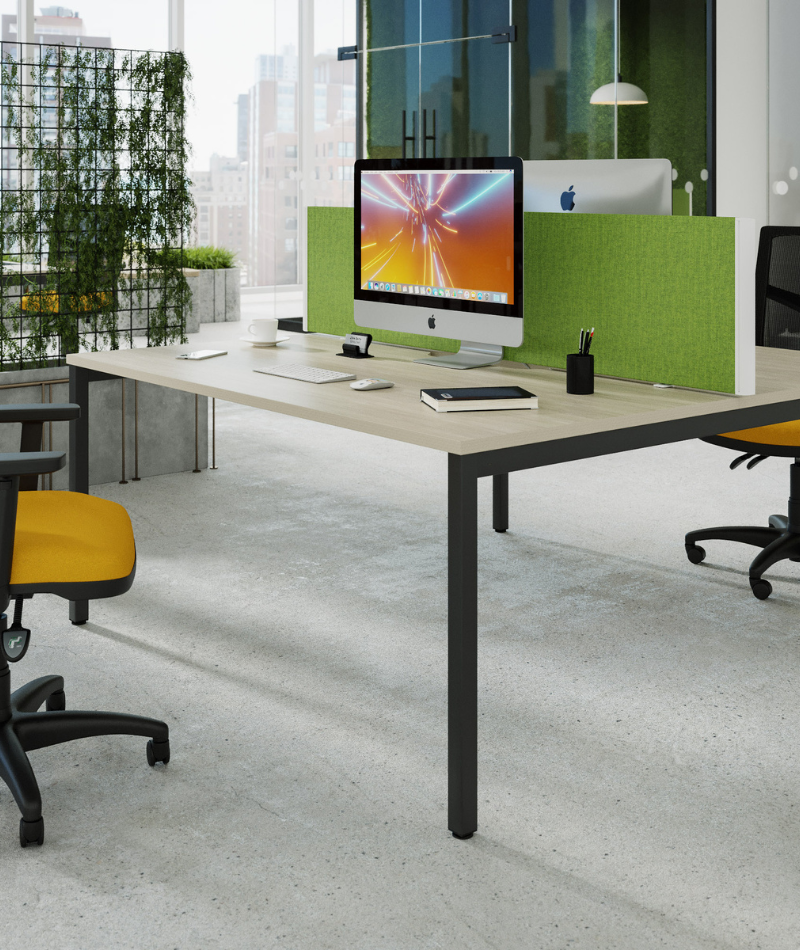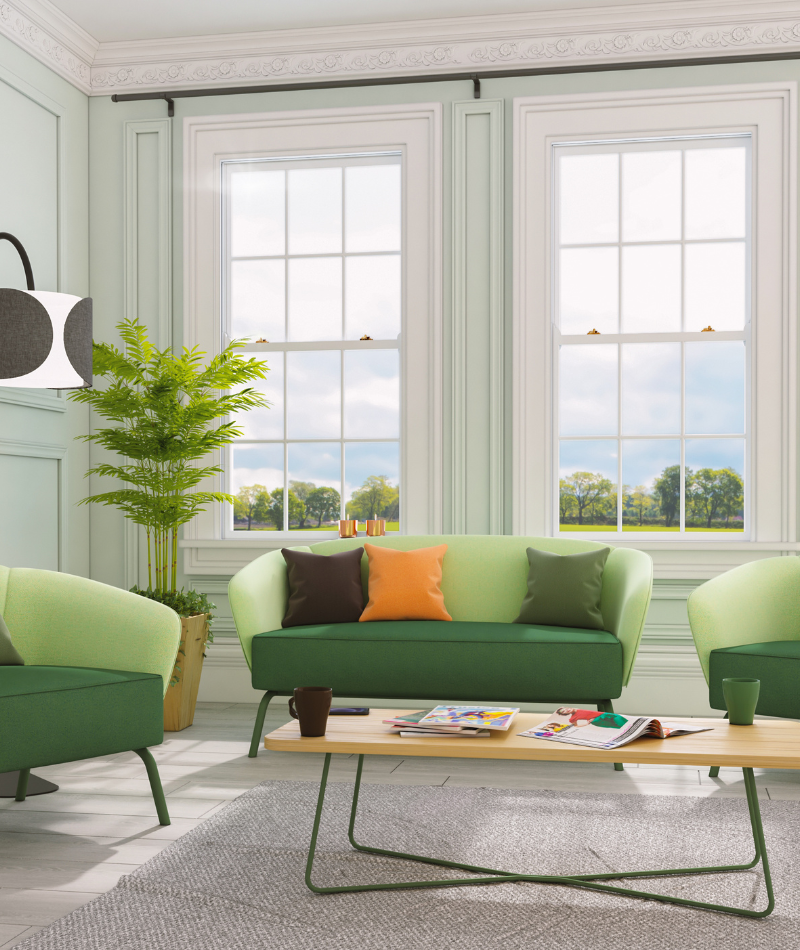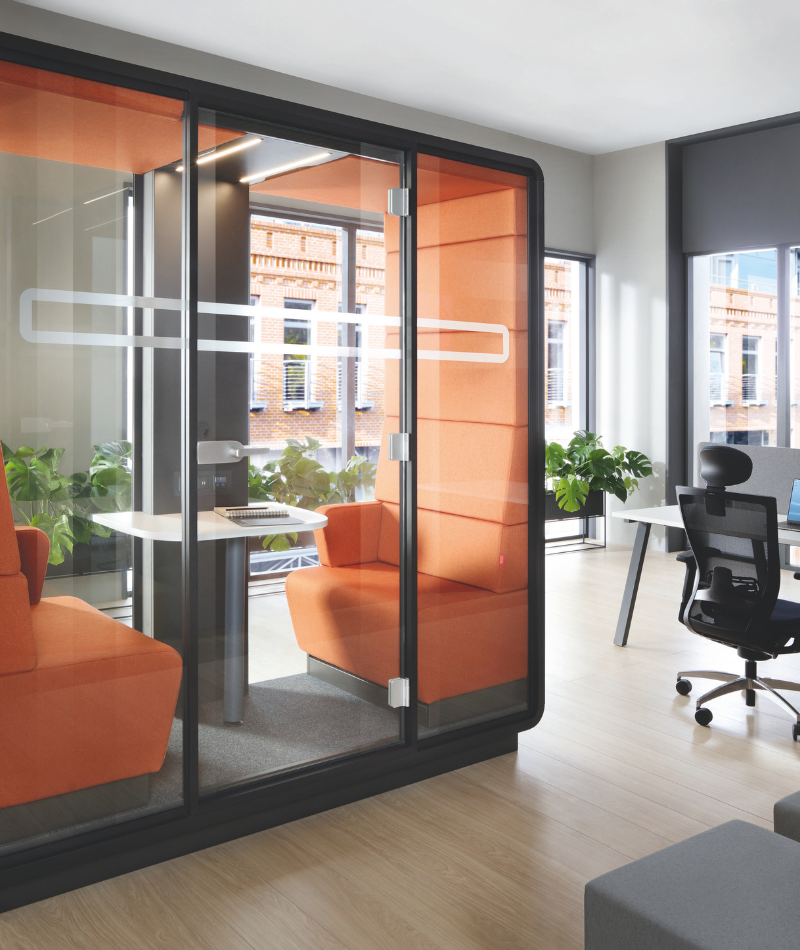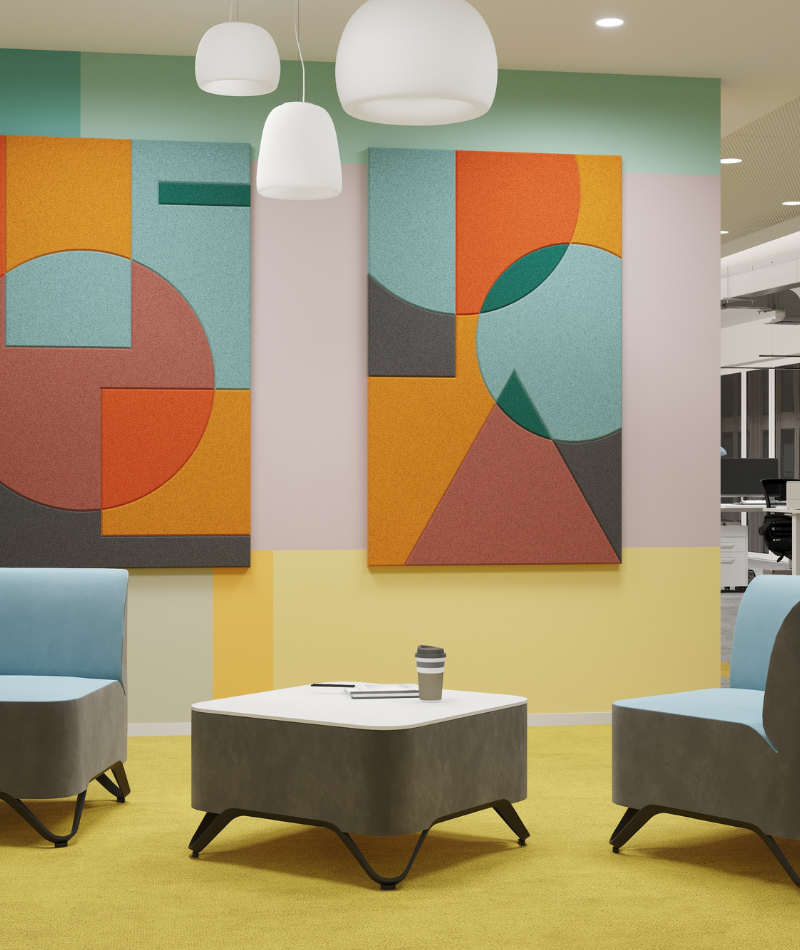Creating the Right Impression with your Meeting Room Chairs
With the recent trend in working from home more frequently, we are all noticing the lack of face-to-face interaction, meaning in-person meetings are that much more anticipated. Coupled with the shift towards open plan layouts, hot desking, and smaller offices, meeting rooms are more important than ever, providing a flexible space where you might spend one, or four, hours in team meetings, presenting presentations to clients, or may even use the desk as an extra for hot desking; anywhere you, your team, or your clients are spending time, comfort is key to functionality– for that, you need the right chairs.
Do I need to think about chairs for a meeting room?
Meeting rooms, also sometimes called conference rooms, should facilitate any sort of collaboration with ease. It is important that the rooms’ equipment doesn’t draw your attention– your ideas should remain the focus in the meeting and not be interrupted by constant shifting in uncomfortable chairs. We tend to notice things the most when they go wrong, so picking the right furniture is essential for an effective meeting environment.
Think about a time you’ve needed to focus but found it nigh on impossible because of an uncomfortable chair. It is not easy to do your best work, never mind maintaining a positive attitude. You don’t want to be anticipating bad moods every time you call a meeting, especially if clients are invited.
The correct setup can increase focus and bolster engagement, allowing meetings to run more smoothly and thoroughly encourage productivity.
What should I keep in mind when shopping?
Where office chairs are designed for long-term sitting, meeting room chairs are designed for shorter-term sitting, meaning other factors besides ergonomics come into play.
Consider your use case: how much room do you have to play with? Will you need to rearrange the layout often? The size of your space will necessitate whether the chairs you choose are a more compact, lightweight design that is stackable and able to be stored in a limited space, or whether the chairs will be more permanent and stay in place; either way, they will still need to be comfortable and made from durable, high-quality materials.
It is also worth considering who will be using the room primarily, and if you want to impress them– first impressions matter. Of course, you want your team to be pleased, but upon first introductions into your workspace, new clients and potential employees will be making judgements of you based on your workplace, and by extension, possibly on the comfort of your chairs, which may reflect badly in their subsequent regard for your work.
Should meeting room chairs have arms?
On the one hand (or should I say arm), armless chairs could provide flexibility in a smaller space by being stackable, allowing them to be tucked away when not in use and then used as backups for overflow seating when necessary. On the other hand, or arm (!), chairs with arms provide better comfort by supporting a neutral, upright posture, decreasing tension in the body and increasing factors like focus and productivity.













